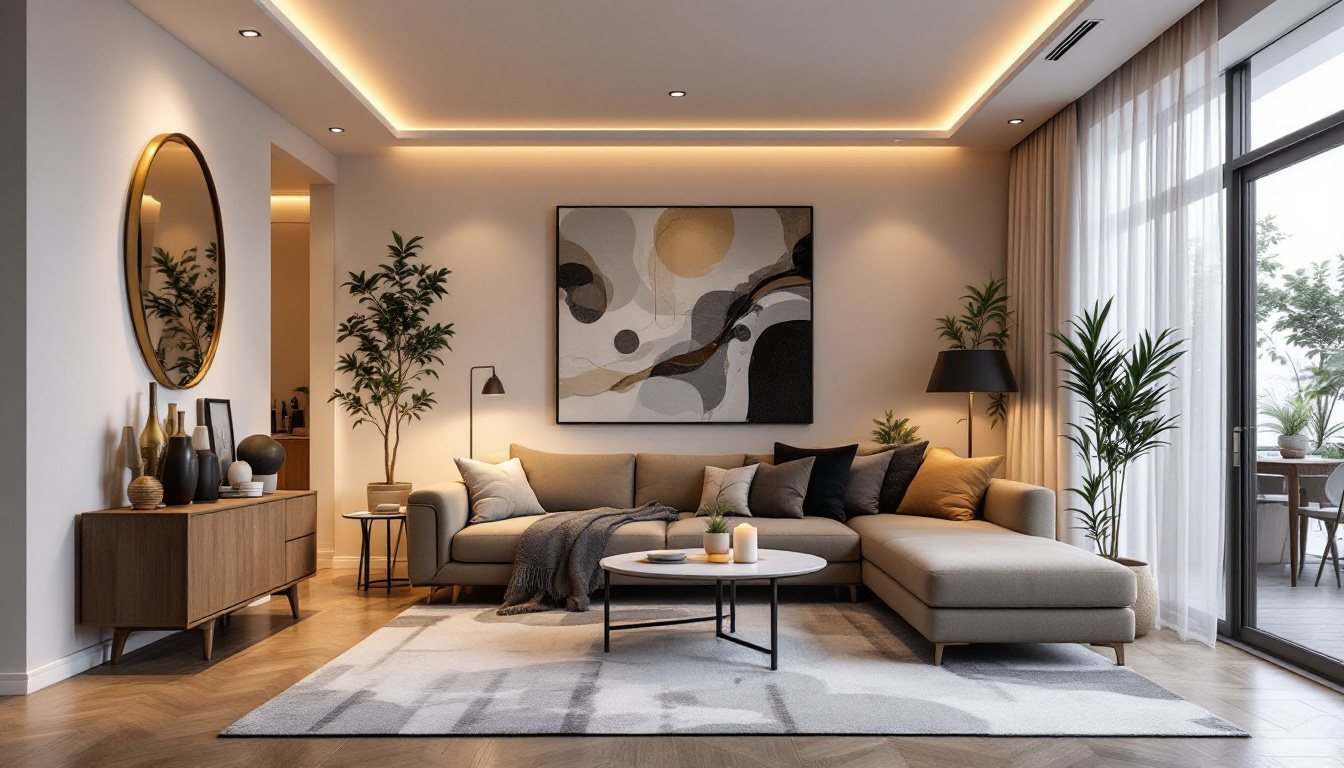
Recessed lighting has become a staple in modern interior design, providing an elegant and unobtrusive way to illuminate spaces. For lighting contractors, understanding the intricacies of recessed remodel can lights is essential for delivering quality installations that meet client expectations. This article covers everything from the basics of recessed lighting to installation tips and design considerations.
Recessed remodel can lights, often referred to as “pot lights” or “can lights,” are fixtures that are installed into a hollow opening in the ceiling. Unlike traditional light fixtures that hang from the ceiling, recessed lights are designed to be flush with the ceiling surface, creating a clean and streamlined look. This type of lighting is particularly popular in residential settings, where aesthetics and functionality are paramount.
One of the key advantages of recessed remodel can lights is their versatility. They can be used for a variety of applications, including ambient lighting, task lighting, and accent lighting. This adaptability allows contractors to create customized lighting solutions tailored to the specific needs of each space.
Understanding the components of recessed remodel can lights is crucial for proper installation and maintenance. The main components include the housing, trim, and bulb. The housing is the part that is installed in the ceiling and contains the electrical components. It is available in various sizes and shapes to accommodate different ceiling types and insulation requirements.
The trim is the visible part of the light fixture that can be customized to match the decor of the room. Trims come in a variety of finishes, including white, black, and metallic options, allowing for seamless integration into the overall design. Lastly, the bulb type plays a significant role in determining the brightness and color temperature of the light, with options ranging from incandescent to LED.
Recessed remodel can lights offer several benefits that make them a popular choice among homeowners and contractors alike. One of the primary advantages is their ability to provide even illumination without taking up visual space. This is particularly beneficial in smaller rooms where traditional fixtures might feel overwhelming.
Additionally, these lights can enhance the architectural features of a space. By strategically placing recessed lights, contractors can highlight artwork, architectural details, or even create a sense of depth in a room. This capability to accentuate design elements adds a layer of sophistication to any interior.
Proper installation is critical for the performance and longevity of recessed remodel can lights. Lighting contractors must take several factors into account to ensure a successful installation process. This includes assessing the ceiling type, determining the appropriate spacing between fixtures, and ensuring compliance with local building codes.
The type of ceiling plays a significant role in the installation of recessed remodel can lights. For instance, installing lights in a drywall ceiling is typically straightforward, but contractors must be cautious with ceilings that have insulation or other obstructions. In such cases, using IC-rated housings is essential to prevent overheating and potential fire hazards.
Accessibility is another important consideration. It is crucial to ensure that the ceiling structure can support the weight of the fixtures and that there is enough space for wiring and connections. If the installation is in a finished ceiling, contractors may need to use specialized tools to cut openings without damaging surrounding materials.
Determining the correct spacing for recessed lights is vital for achieving optimal illumination. A general rule of thumb is to space the fixtures approximately 4 to 6 feet apart, depending on the height of the ceiling and the desired brightness. For higher ceilings, fixtures may need to be spaced further apart to avoid dark spots.
Contractors should also consider the layout of the room when planning the placement of recessed lights. In areas where task lighting is needed, such as kitchens or workspaces, lights should be positioned to illuminate specific areas effectively. Conversely, in living spaces, a more diffuse lighting approach may be preferable to create a warm and inviting atmosphere.
The choice of bulb can significantly impact the quality of light produced by recessed remodel can lights. Contractors must consider factors such as brightness, color temperature, and energy efficiency when selecting bulbs for their projects.
Brightness is measured in lumens, and selecting the right lumen output is crucial for achieving the desired lighting effect. For general ambient lighting, a range of 800 to 1600 lumens per fixture is typically recommended, depending on the size of the room and the height of the ceiling. For task lighting, higher lumen outputs may be necessary to ensure adequate visibility.
Contractors should also educate clients about the importance of balancing brightness levels throughout a space. Overly bright fixtures can create glare and discomfort, while insufficient lighting can lead to safety hazards and an uninviting atmosphere.
Color temperature, measured in Kelvins (K), affects the mood and functionality of a space. Warmer color temperatures (2700K to 3000K) create a cozy and inviting ambiance, making them ideal for living rooms and bedrooms. Cooler temperatures (4000K to 5000K) produce a brighter and more energizing light, which is suitable for kitchens and workspaces.
When selecting bulbs, contractors should consider the overall design aesthetic and the specific activities that will take place in each room. This attention to detail can significantly enhance the functionality and appeal of the space.
In addition to technical aspects, design considerations play a crucial role in the successful implementation of recessed remodel can lights. Contractors must be mindful of how these fixtures interact with the overall design of the space.
The trim style and finish can dramatically influence the appearance of recessed lights. Options range from simple and minimalist designs to more decorative trims that can enhance the overall decor. Contractors should offer clients a variety of choices to ensure that the lights complement the room’s style.
For instance, a sleek white trim may blend seamlessly into a modern space, while a metallic finish could add a touch of elegance to a more traditional setting. The right trim can elevate the overall aesthetic and provide a polished look.
Effective lighting design involves layering different types of light to create depth and dimension within a space. Recessed remodel can lights can be combined with other lighting sources, such as pendant lights, wall sconces, and natural light from windows, to achieve a balanced and inviting atmosphere.
By strategically placing recessed lights in conjunction with other fixtures, contractors can create zones within a room, enhancing both functionality and visual interest. This layered approach allows for versatility in how spaces are used and experienced.
As energy efficiency becomes increasingly important, contractors must consider the sustainability of the lighting solutions they provide. Recessed remodel can lights are available in various energy-efficient options, including LED bulbs that consume significantly less energy than traditional incandescent bulbs.
LED bulbs offer numerous advantages, including longer lifespans, lower energy consumption, and reduced heat output. This not only translates to cost savings for homeowners but also contributes to a more sustainable environment. By recommending LED options, contractors can help clients make informed choices that benefit both their wallets and the planet.
Additionally, many LED products are now available in a range of color temperatures and brightness levels, allowing for flexibility in design without sacrificing energy efficiency. This makes it easier for contractors to meet the diverse needs of their clients while promoting sustainable practices.
Many regions offer incentives and rebates for homeowners who choose energy-efficient lighting solutions. Contractors should stay informed about local programs that encourage the use of LED lighting and other sustainable practices. By educating clients about these opportunities, contractors can enhance their service offerings while helping clients save money.
While recessed remodel can lights offer numerous benefits, contractors may encounter challenges during installation and maintenance. Being prepared for these challenges can help ensure a smooth process and satisfied clients.
One common challenge associated with recessed lighting is overheating, particularly when fixtures are installed in insulated ceilings. To mitigate this risk, contractors should always use IC-rated housings, which are specifically designed to prevent heat buildup. Additionally, ensuring proper ventilation and spacing can help maintain safe operating temperatures.
Educating clients about the importance of using the right fixtures can also prevent future issues. By discussing the potential risks of using non-IC-rated housings, contractors can emphasize the importance of safety in their installations.
Another challenge contractors may face is the maintenance and replacement of recessed lights. While LED bulbs have a long lifespan, they will eventually need to be replaced. Contractors should provide clients with information on how to safely replace bulbs and maintain their fixtures to ensure optimal performance over time.
Offering maintenance services or guidance can enhance client satisfaction and foster long-term relationships. By positioning themselves as knowledgeable resources, contractors can build trust and encourage repeat business.
Recessed remodel can lights are an invaluable addition to any lighting contractor’s toolkit. Understanding their components, installation considerations, and design implications is essential for delivering high-quality lighting solutions that meet client needs. By staying informed about industry trends and energy-efficient options, contractors can provide exceptional service while contributing to sustainable practices.
Ultimately, the successful implementation of recessed lighting requires a balance of technical expertise and design sensibility. By mastering these elements, lighting contractors can elevate their projects and create beautifully illuminated spaces that enhance the overall experience of any environment.
Ready to take your lighting projects to the next level? At LumenWholesale, we provide lighting contractors with the highest quality, spec-grade recessed remodel can lights at unbeatable wholesale prices. Say goodbye to local distributor markups and hello to a vast selection of reliable, high-performance lighting that meets the strictest industry standards. Plus, enjoy the convenience of bulk buying with free shipping, ensuring you get the premium lighting you need at the best value — without any hidden fees. Elevate your lighting solutions today by visiting Wholesale Lighting at the Best Value and experience the LumenWholesale difference.
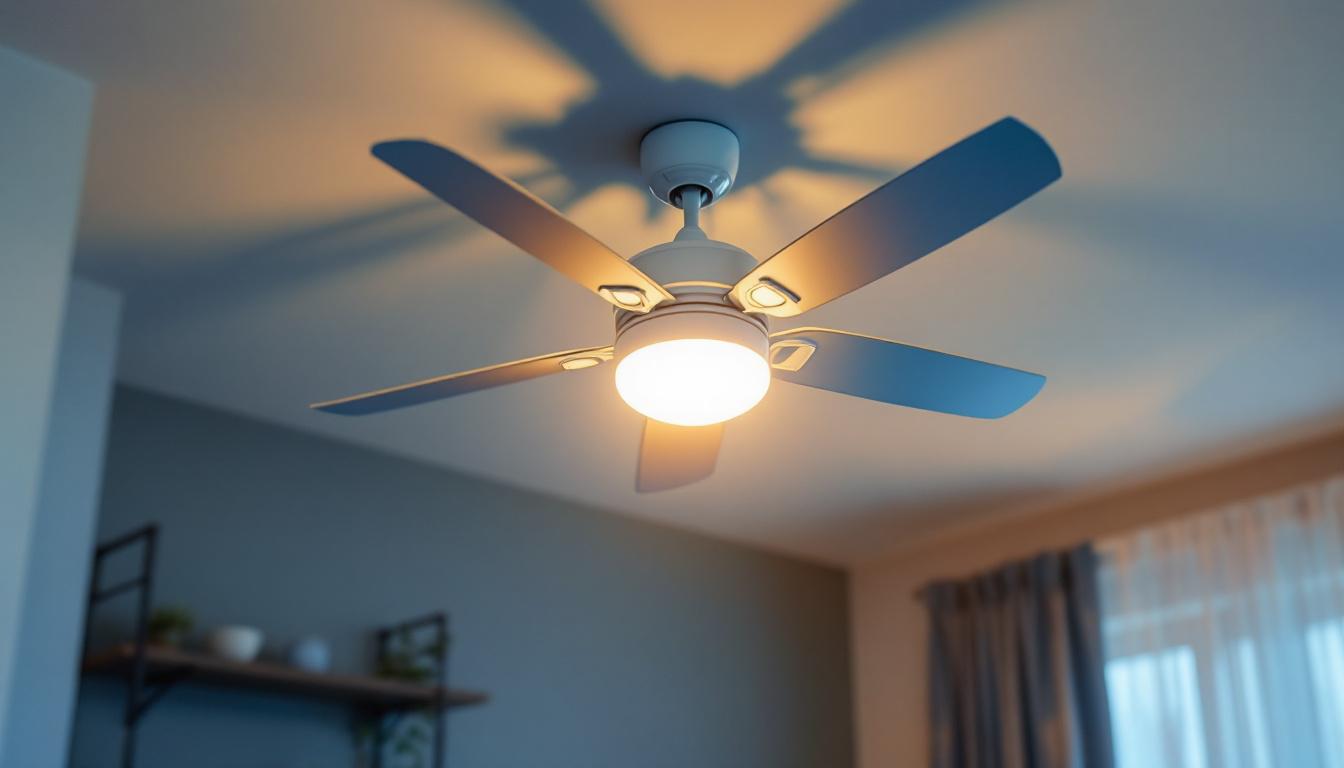
Discover how ceiling fan light kits can revolutionize your lighting installation projects by enhancing functionality and style.
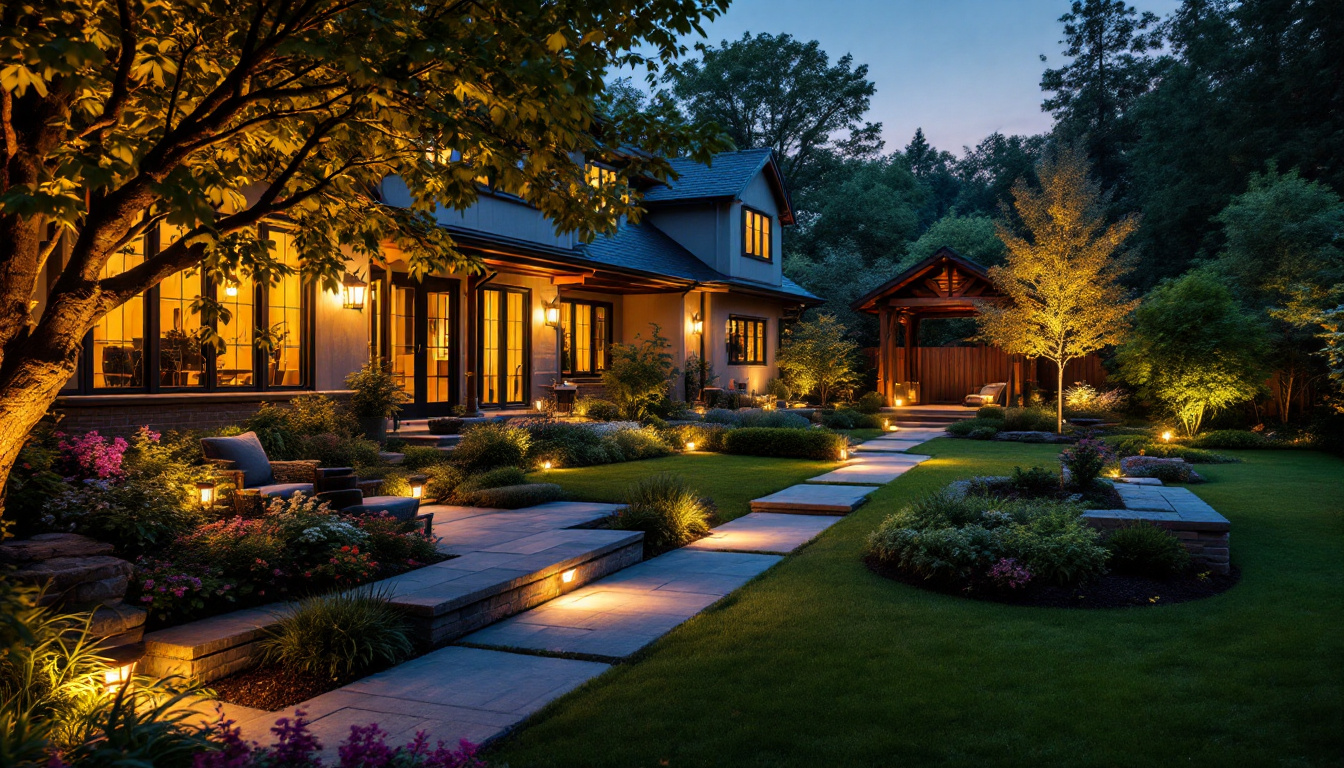
Discover the transformative power of backyard lighting and why it’s a crucial element in any lighting installation.
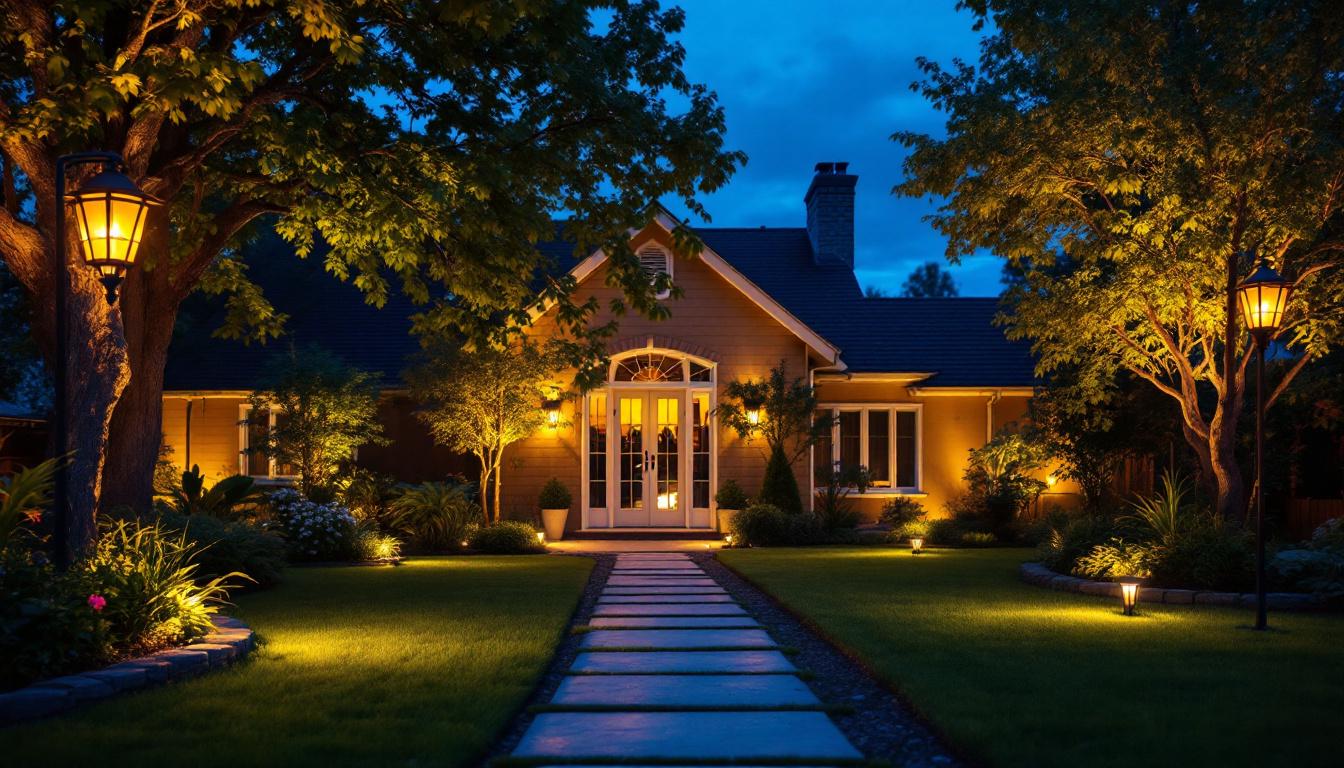
Discover the best floodlight for your backyard with expert insights on brightness, energy efficiency, and installation tips.
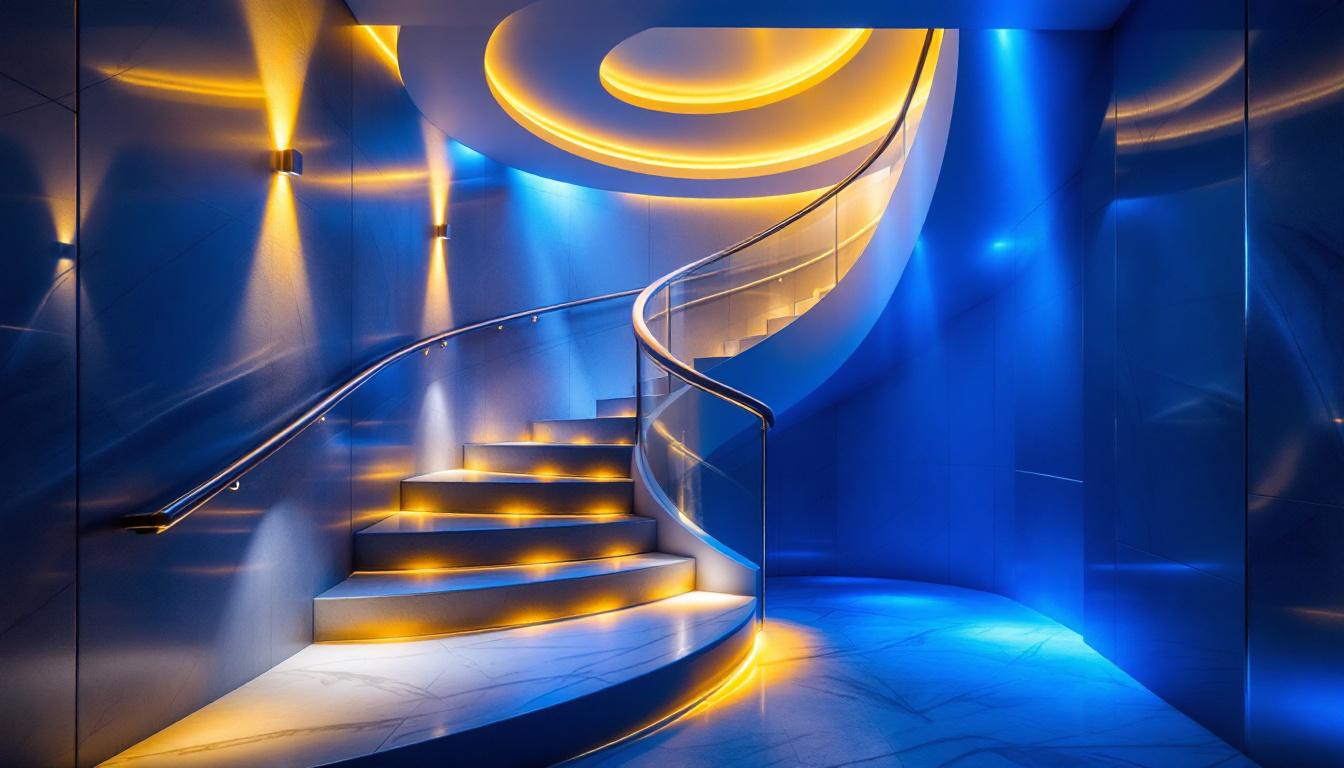
Discover how strategic staircase ceiling lighting can enhance the efficiency of your lighting projects.